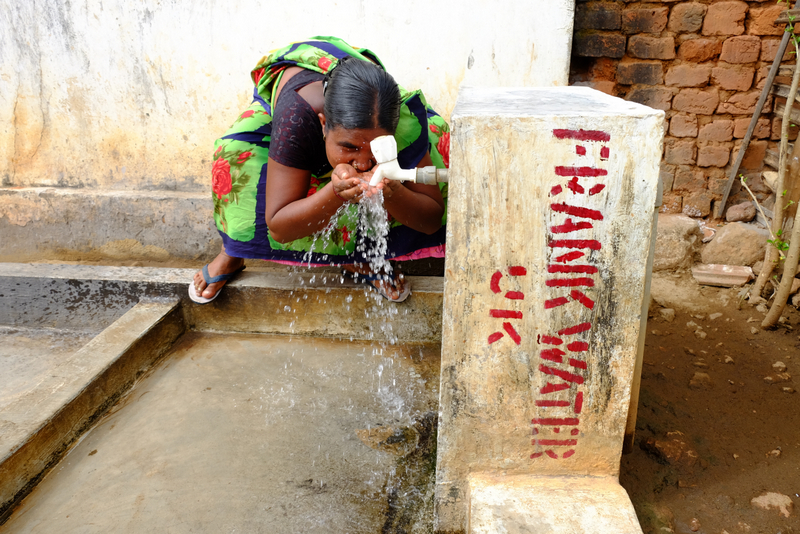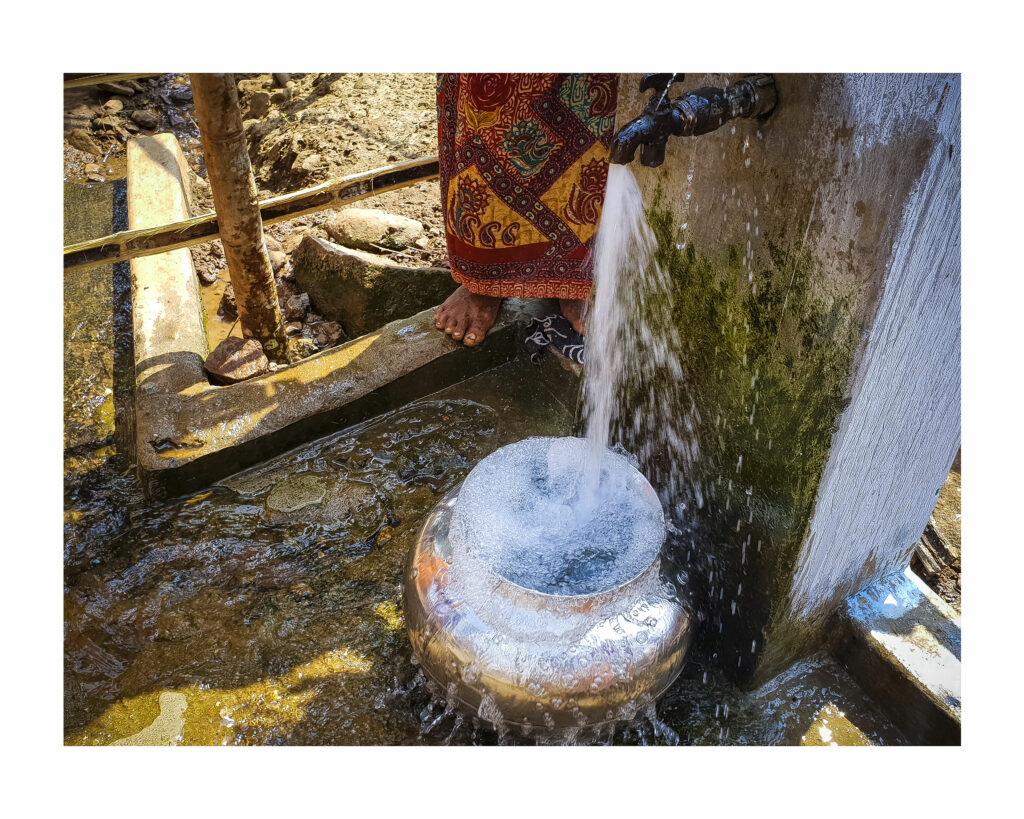In some parts of India, the groundwater is contaminated with naturally occurring fluoride. Longterm, drinking water with high fluoride concentration can lead to fluorosis – a condition which attacks the joints in the body. One of the most effective methods for removing fluoride is Reverse Osmosis (RO). However, this is not without its disadvantages – not only is it expensive, but the waste generated by RO is highly contaminated and must be disposed of safely, rather than simply leaching into the ground. This study by Engineers without Borders considers alternatives to RO.
Sign up to our newsletter
By subscribing to our newsletter, you give us permission to email you with news of our work and events, plus opportunities for volunteering, challenges to take part in and special offers in our shop. You can unsubscribe any time by clicking the link in our email footer.




